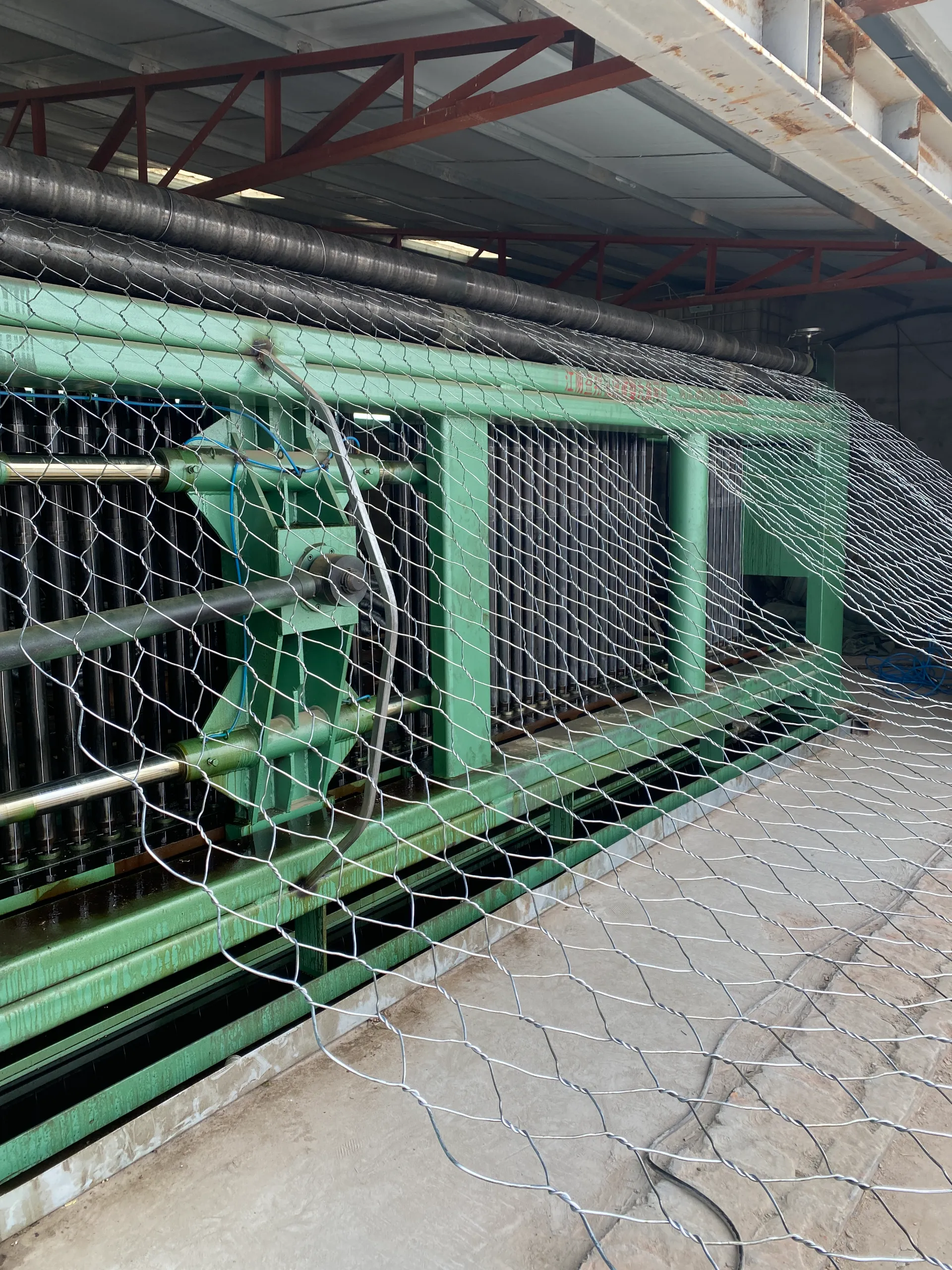-
 Afrikaans
Afrikaans -
 Albanian
Albanian -
 Amharic
Amharic -
 Arabic
Arabic -
 Armenian
Armenian -
 Azerbaijani
Azerbaijani -
 Basque
Basque -
 Belarusian
Belarusian -
 Bengali
Bengali -
 Bosnian
Bosnian -
 Bulgarian
Bulgarian -
 Catalan
Catalan -
 Cebuano
Cebuano -
 China
China -
 Corsican
Corsican -
 Croatian
Croatian -
 Czech
Czech -
 Danish
Danish -
 Dutch
Dutch -
 English
English -
 Esperanto
Esperanto -
 Estonian
Estonian -
 Finnish
Finnish -
 French
French -
 Frisian
Frisian -
 Galician
Galician -
 Georgian
Georgian -
 German
German -
 Greek
Greek -
 Gujarati
Gujarati -
 Haitian Creole
Haitian Creole -
 hausa
hausa -
 hawaiian
hawaiian -
 Hebrew
Hebrew -
 Hindi
Hindi -
 Miao
Miao -
 Hungarian
Hungarian -
 Icelandic
Icelandic -
 igbo
igbo -
 Indonesian
Indonesian -
 irish
irish -
 Italian
Italian -
 Japanese
Japanese -
 Javanese
Javanese -
 Kannada
Kannada -
 kazakh
kazakh -
 Khmer
Khmer -
 Rwandese
Rwandese -
 Korean
Korean -
 Kurdish
Kurdish -
 Kyrgyz
Kyrgyz -
 Lao
Lao -
 Latin
Latin -
 Latvian
Latvian -
 Lithuanian
Lithuanian -
 Luxembourgish
Luxembourgish -
 Macedonian
Macedonian -
 Malgashi
Malgashi -
 Malay
Malay -
 Malayalam
Malayalam -
 Maltese
Maltese -
 Maori
Maori -
 Marathi
Marathi -
 Mongolian
Mongolian -
 Myanmar
Myanmar -
 Nepali
Nepali -
 Norwegian
Norwegian -
 Norwegian
Norwegian -
 Occitan
Occitan -
 Pashto
Pashto -
 Persian
Persian -
 Polish
Polish -
 Portuguese
Portuguese -
 Punjabi
Punjabi -
 Romanian
Romanian -
 Russian
Russian -
 Samoan
Samoan -
 Scottish Gaelic
Scottish Gaelic -
 Serbian
Serbian -
 Sesotho
Sesotho -
 Shona
Shona -
 Sindhi
Sindhi -
 Sinhala
Sinhala -
 Slovak
Slovak -
 Slovenian
Slovenian -
 Somali
Somali -
 Spanish
Spanish -
 Sundanese
Sundanese -
 Swahili
Swahili -
 Swedish
Swedish -
 Tagalog
Tagalog -
 Tajik
Tajik -
 Tamil
Tamil -
 Tatar
Tatar -
 Telugu
Telugu -
 Thai
Thai -
 Turkish
Turkish -
 Turkmen
Turkmen -
 Ukrainian
Ukrainian -
 Urdu
Urdu -
 Uighur
Uighur -
 Uzbek
Uzbek -
 Vietnamese
Vietnamese -
 Welsh
Welsh -
 Bantu
Bantu -
 Yiddish
Yiddish -
 Yoruba
Yoruba -
 Zulu
Zulu
Effective Solutions for Managing Debris Using Safety Netting Systems for Construction Sites
Debris Netting An Essential Safety Measure in Construction and Maintenance
In the dynamic world of construction and maintenance, safety is paramount. Among the various safety measures employed, debris netting has emerged as a crucial element to protect both workers and the public from potential hazards associated with falling objects. This article explores the significance of debris netting, its applications, and the best practices for installation and maintenance.
Understanding Debris Netting
Debris netting consists of a strong, lightweight mesh material designed to capture and contain debris that may fall from heights during construction, renovation, or maintenance activities. Made from high-density polyethylene or similar synthetic materials, it is designed to withstand extreme weather conditions, UV radiation, and the wear and tear common in construction environments. The netting acts as a protective barrier, preventing falling tools, materials, and other debris from causing injuries to personnel or damage to property below.
Applications of Debris Netting
Debris netting finds applications across various sectors, including commercial, residential, and industrial construction. It is particularly beneficial in high-rise buildings, where the risk of falling objects is significantly increased. In addition to construction sites, debris netting is also employed during building renovations, roofing projects, and even in maintenance of tall structures such as bridges and smokestacks.
Another critical application of debris netting is in ensuring safety during special events, where temporary structures may need to be erected. For instance, stages set up for concerts or public gatherings often use debris netting to prevent any equipment or materials from falling onto the audience.
The Importance of Debris Netting
debris netting

The importance of debris netting cannot be overstated. It plays a vital role in safeguarding the well-being of workers and the general public. By effectively containing debris, it reduces the risk of accidents that can lead to serious injuries or fatalities. Furthermore, it helps in minimizing damage to surrounding property, thereby reducing potential liability for construction companies.
In many regions, regulations require the use of debris netting at specific construction sites as a part of compliance with occupational safety standards. Failure to implement such measures can result in hefty fines, increased insurance premiums, and damage to a company’s reputation.
Best Practices for Installation and Maintenance
For debris netting to be effective, proper installation is crucial. First and foremost, it should be secured tightly across the perimeter of the work area, with adequate support to withstand winds and other environmental pressures. The netting must be installed at the appropriate height and angle to effectively capture falling debris without allowing it to escape.
Regular inspections are essential for maintaining the integrity of the netting. Crews should check for signs of wear and tear, especially after severe weather conditions. Damaged sections should be promptly repaired or replaced to ensure continuous protection.
Moreover, it is essential to train construction workers on the importance of debris netting and safety protocols associated with its use. Awareness and education can significantly enhance the effectiveness of this safety measure.
Conclusion
Debris netting is a fundamental safety feature in today’s construction landscape, offering protection against the hazards posed by falling objects. By understanding its importance and adhering to best practices for installation and maintenance, construction companies can create a safer work environment and protect both workers and the public from potential dangers. Given the ever-evolving nature of construction practices, embracing such protective measures is not just a regulatory obligation, but a commitment to safety that benefits everyone involved.
-
Shipping Plastic Bags for Every NeedNewsJul.24,2025
-
Safety Netting: Your Shield in ConstructionNewsJul.24,2025
-
Plastic Mesh Netting for Everyday UseNewsJul.24,2025
-
Nylon Netting for Every UseNewsJul.24,2025
-
Mesh Breeder Box for Fish TanksNewsJul.24,2025
-
Expanded Steel Mesh Offers Durable VersatilityNewsJul.24,2025











